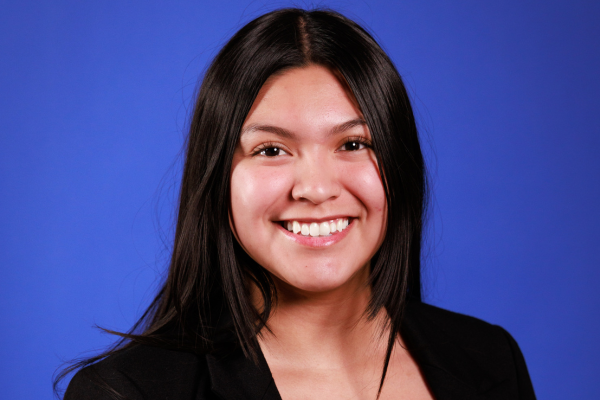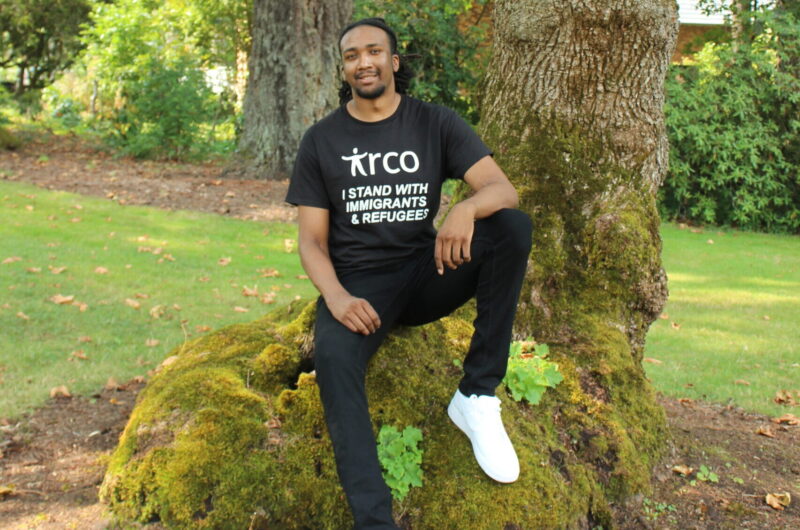For almost two years, Taylor has been working with her College Possible coach to prepare for college. As a current senior at Amundsen High School, she has maintained a GPA of 3.1, boosted her SAT score, received acceptances from colleges across the country and earned multiple scholarships.
But we know that regardless of her aptitude, determination and focus, the simple fact that Taylor comes from a low-income background can be a barrier to earning her college degree.
Research continues to highlight this issue. According to a 2017 report by the Pew Institute, only 32 percent of low-income students will graduate from college by the age of 24 versus 71 percent of their high-income peers. Additionally, a 2015 study by the Department of Education found that low-income, high-achieving students graduate college at the same rate as high-income, low-achieving students: 41 percent. This inequity is only exacerbated by the rising costs of tuition, which have increased 60 percent over the past decade.
These national statistics are sobering, but for Chicago Public School students, the numbers are staggering. In Illinois, the cost of a four-year college requires 103% of the annual income of a low-income family. Students from these backgrounds – without any other form of financial aid or assistance – would have to work more than 38 hours per week at minimum wage to earn enough to cover the net price of college, a work burden that research shows reduces students’ odds of graduating. (The Institute for College Access and Success, April 2017)
With costs an obvious barrier and potential burden, students like Taylor often struggle to find “good match” colleges, where they are most likely to be challenged and to succeed. Based on Barron’s rankings of competitiveness – the common standard for college selectivity – almost half of all Chicago Public School enrollees choose a school that is less demanding or less competitive, or they opt for a two-year college instead of a four-year college. This “under matching” leads Chicago students to enroll in schools with lower persistence and graduation rates, which can range from 21 percent for the least competitive to 84 percent for the most competitive. (2013 CPS College Enrollment Data; 2012 CPS College Persistence Data)
College Possible students learn the importance of selecting a college that most closely matches their skills, interests and abilities to ensure they have the greatest chance of graduating. They also learn how to research and access the greatest array of financial support they are eligible for, which is one reason students in our programs earn their college degrees at twice the rate of their peers from low-income backgrounds.
And as our Chief Program Officer, Traci Kirtley, noted in a recent article, we continue to find ways to minimize or even eliminate the affordability barrier: “…improving our financial literacy coaching for students; working intensively with college partners; getting involved in advocacy work around financial aid; and identifying additional financial resources for students. One key idea we are testing, in partnership with the nonprofit Better Future Forward, is the development of an alternative funding model for students called an ‘income share agreement,’ or ISA.”
As National College Decision Day approached, Taylor and her College Possible coach worked together to select the school that will set her up for a successful college career. She’s extremely excited to be part of the University of Illinois at Chicago’s Class of 2020. Taylor has and will continue to overcome many barriers in her journey to earn a college degree, but a lack of academic ability is certainly not one of them. College Possible will continue to work toward a day when students like Taylor are able to go as far as their talent, motivation and effort take them, regardless of their income.



